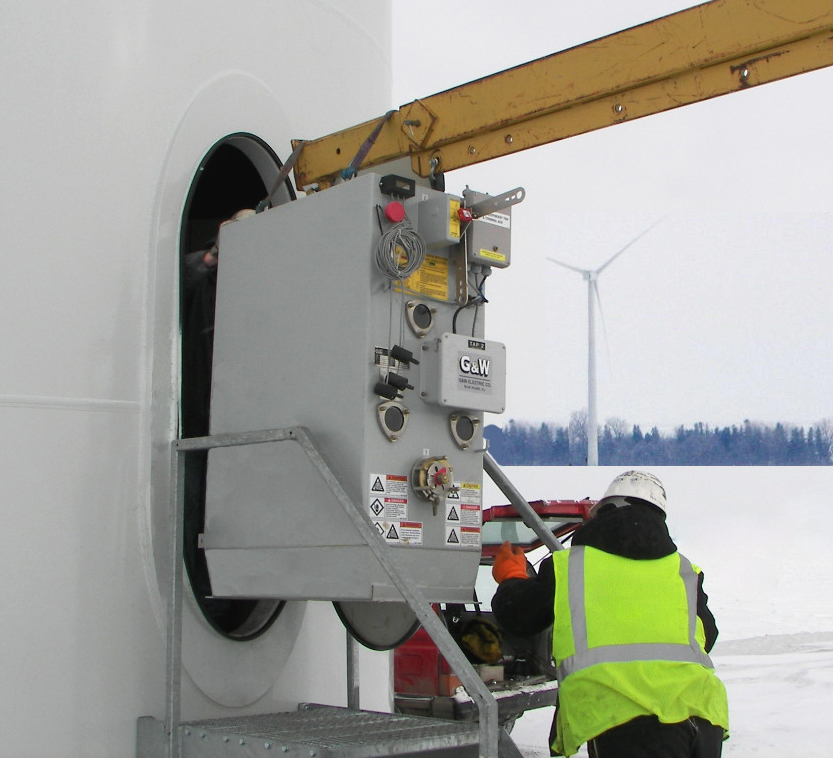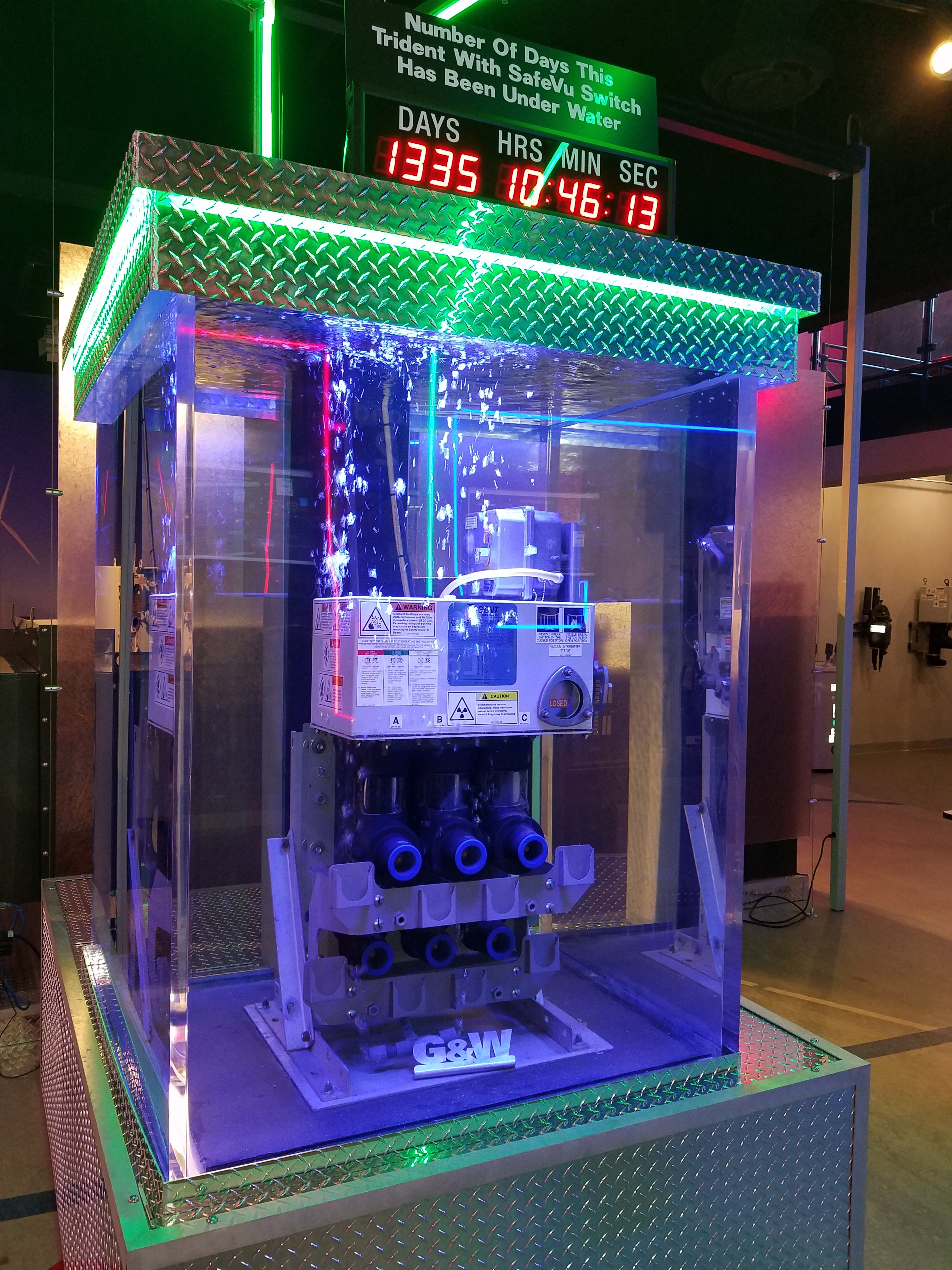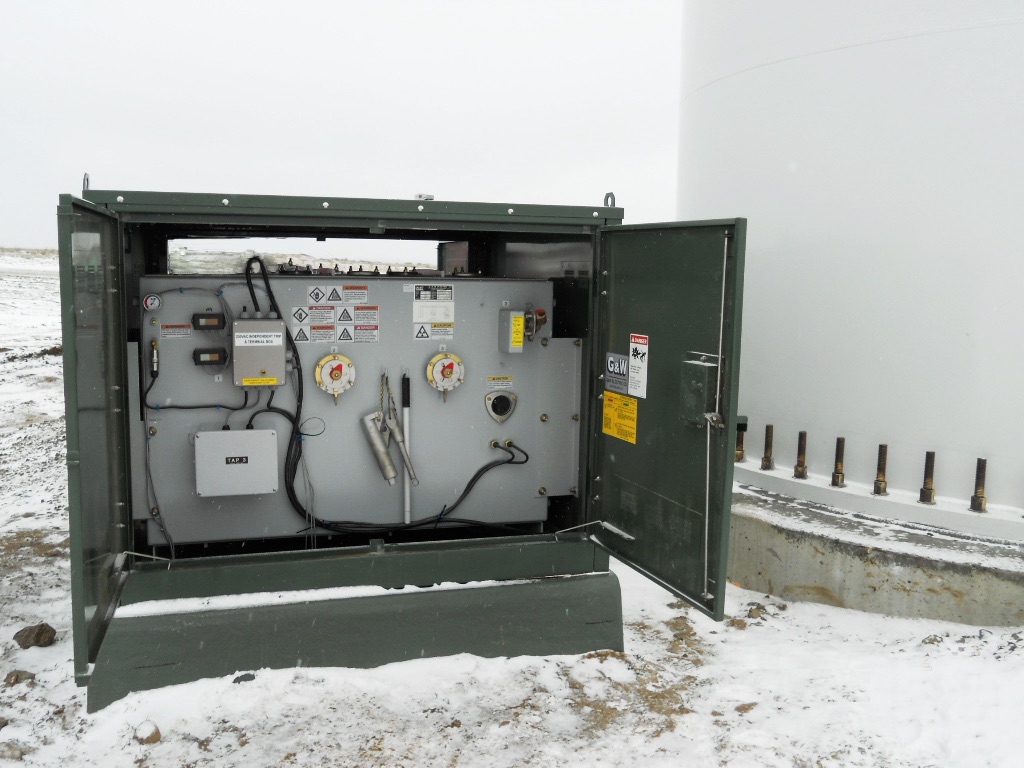'Switching' It Up: Finding the Right Solution to Make Wind Turbine Technology Safer
According to the Bureau of Labor Statistics[1], a wind turbine technician is the fastest-growing occupation in the United States. With the rising societal mandate for clean energy and efficient technologies, this type of job will continue to be in high demand. Currently, the U.S. wind industry employs more than 100,000 people; employment of wind turbine service technicians is projected to grow 96 percent from 2016 to 2026, the second highest rate behind solar photovoltaic installers.

With rapid hiring comes the need for efficient and intensive job training - specifically when it comes to safety. Due to the dangerous job conditions, wind turbine technicians typically receive more than 12 months of on-the-job training. On any given day, technicians are faced with hazardous weather, working at extreme heights and with high electrical voltages. Even with extensive training, a technician is always at risk.
Wind turbine manufacturers and energy suppliers also need to do everything in their power to protect employees from workplace hazards, and guarantee their safety. Choosing the right switchgear for wind turbines is critical to eliminating employee safety risks. Continued advancements target installation simplicity, maintenance, and safety, regardless of location.
 Flourish in Harsh Conditions
Flourish in Harsh Conditions
When it comes to challenging conditions, it's important to choose switchgear that's not only designed to survive, but thrive in every environment. Switchgear should be independently rated and tested for harsh conditions, including snow, rain, wind, and dust.
Choosing switchgear that is rated with an IP68 certification is essential. This certification ensures that the switchgear is protected against any contamination from dust, dirt, sand and submersion. Because wind farms operate in some of the earth's most unrelenting environments, such as along coastlines, many turbine components are exposed to salt water, sand, and flooding. Make sure the switchgear is rated for flooding; if flooding is a regular occurrence, consider selecting equipment that can be submersed indefinitely.
Switchgear that can handle wide fluctuations in temperature is also an important consideration. Look for products that have a temperature range from as low as -40 °C, and as high as 65 °C.
While consistent and strong wind is important for turbines, too much wind can damage their switchgear. Finding switchgears that can endure high winds is paramount. Additionally, look for systems with remote software that allows you to closely monitor wind speeds, and shut off the tower to prevent damage.
Switchgear should be able to withstand major earthquakes. In states like California, be sure to follow local codes. For example, all equipment inside the towers must meet OSHPD level 3 (2.5g)[2]and pass ICCES-AC-156[3]testing, a seismic certification by shake-table testing of nonstructural components.
Safety Considerations for any Climate
No matter the weather or region, there are some basic considerations when specifying switchgear. To address safety concerns, products are being designed to keep technicians out of harm's way. There are three major safety advantages when it comes to today's switchgear.
1) Ground Position
- A ground position is very important for the switchgear as it removes residual energy from cables for maintenance.
- Without the ground position, wind-turbine operators would have to remove elbows, or apply a grounding elbow, which can commonly lead to contamination and failure upon restarting.
- Any contamination could cause heat and then cause a failure of the elbow. Not having to remove the elbow reduces the chances of contamination.
2) Visible Break
- The visible break allows an operator to see the contacts (which are conducting energy) to be in either the open position or disconnected position, so the technician can see that there is not a continuous circuit and safely complete their work.
- Having a visual break inside of the switch, without having to remove elbows, prevents contamination and makes the job easier and faster.
3) Arc-Flash Resistance
- According to OSHA, the majority of wind tower injuries and fatalities are related to arc-flash incidents.
- The best way to keep a technician safe is with arc resistance. The most common type of arc resistance is a planned rupture and vent system.
- When pressure builds to where it can no longer be contained, a rupture disk is designed to break and vent hot gases, indicating to the technician that there is a failure inside the switch.
- Ultimately, it is designed to vent into an exhaust compartment where it can be contained and directed away from the technician. However, it doesn't reduce the amount of energy in the arc-flash
There is also a less common type of arc resistance, which provides containment. In this design, instead of having a planned rupture point, the switch is designed to contain the pressure rise created by the fault and resulting arc flash for a prescribed period of time. This design further reduces the risk to the technician by preventing exposure to any hot gases.
 Remote Operations:
Remote Operations:
- Many switchgear manufacturers offer the ability to add actuators as an orderable option to switchgear in the field.
- Actuators,when paired with a control package, can allow operators to get a safe distance away from equipment before issuing a command to open or close this switch. Increasing their distance from the switch reduces the risk of harm in case of an arc flash event.
To better understand how to utilize switchgear safety features and their advantages, onsite training is available for technicians. Ask your equipment provider for details and if they offer expert consultation and training.
Stephen Linn is Field Application Engineer at G&W Electric Company, a global supplier of electric power equipment since 1905 including underground distribution switches, Lazer ® Automation solutions, Viper ® reclosers, distribution and transmission cable accessories, and current limiting system protection devices.
G&W Electric Company | www.gwelec.com
[1]Dennis, Brady. "The U.S. Wind Industry Now Employs More than 100,000 People." The Washington Post, WP Company, 19 Apr. 2017, www.washingtonpost.com/news/energy-environment/wp/2017/04/19/the-u-s-wind-industry-now-employs-more-than-100000-people/?utm_term=.334cf312af52.
Volume: 2018 May/June








